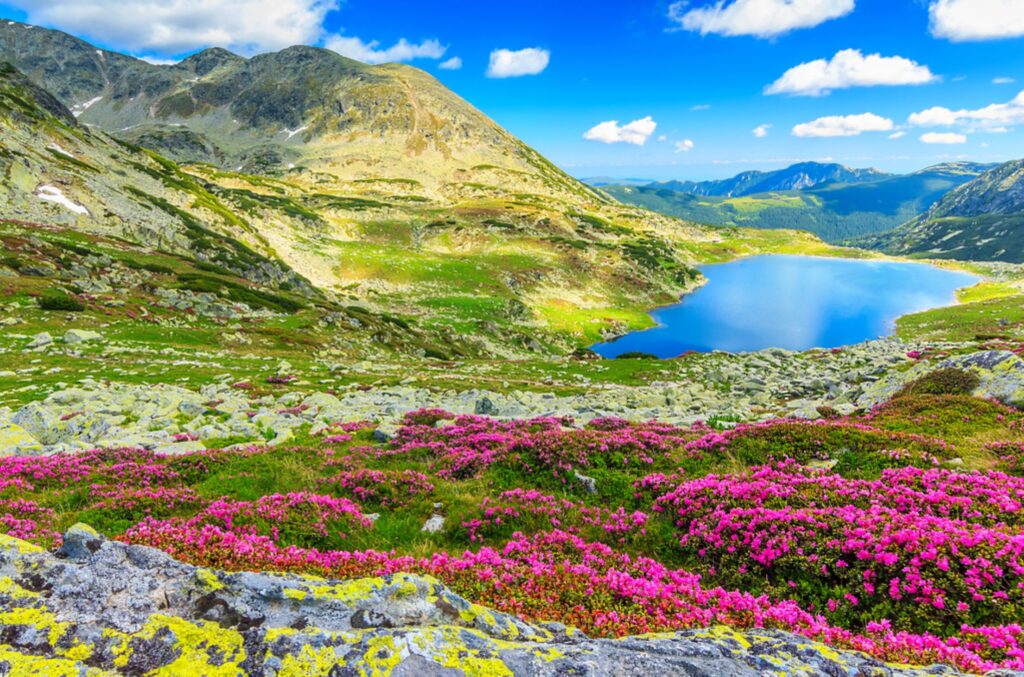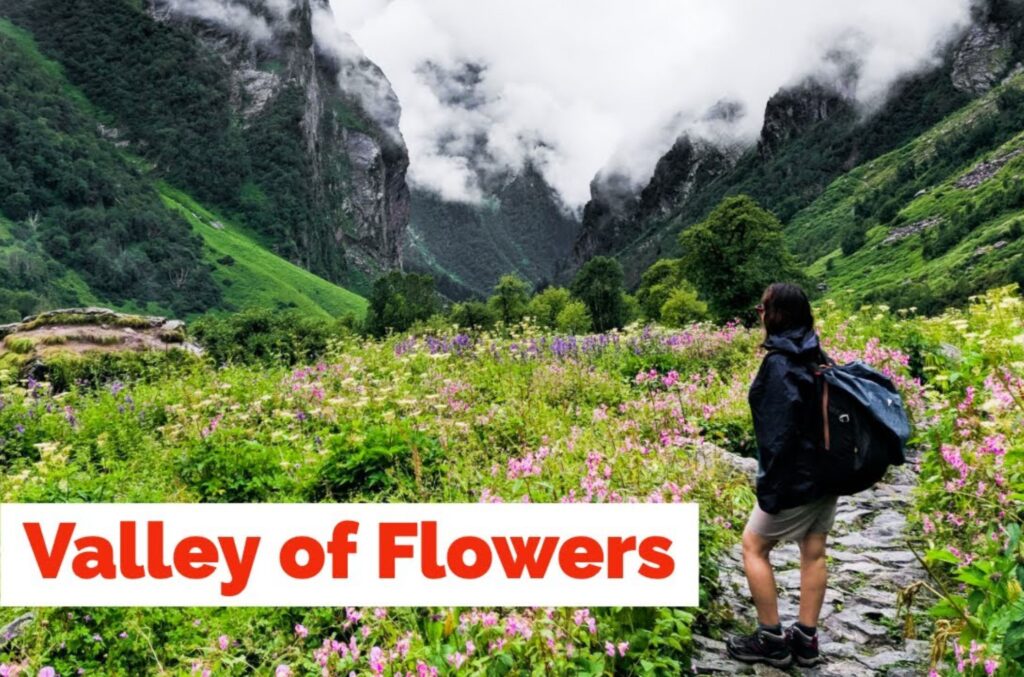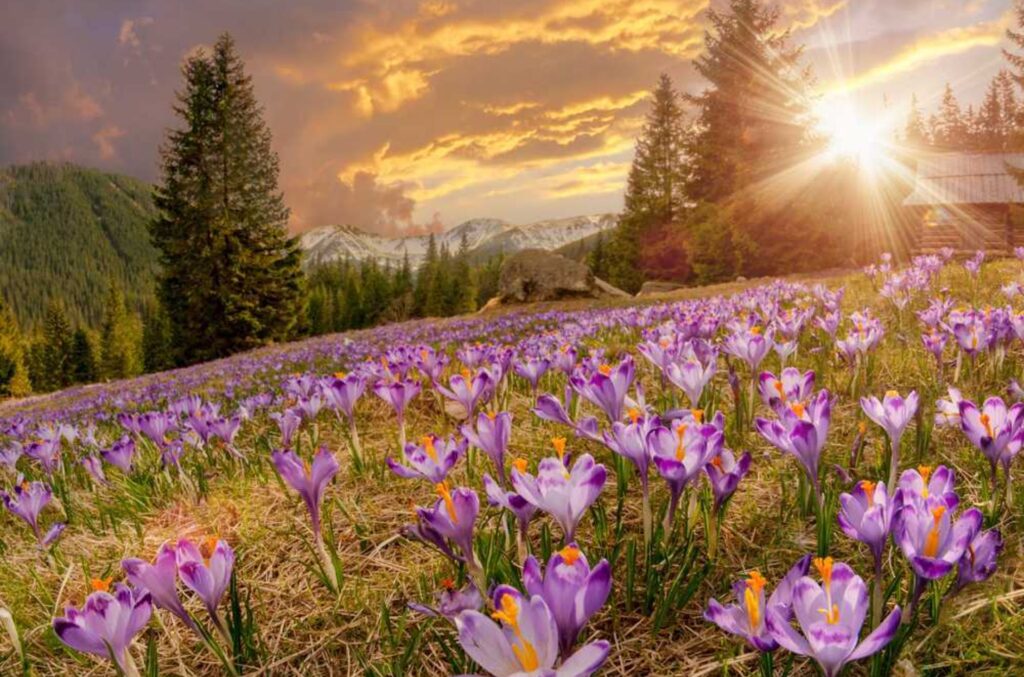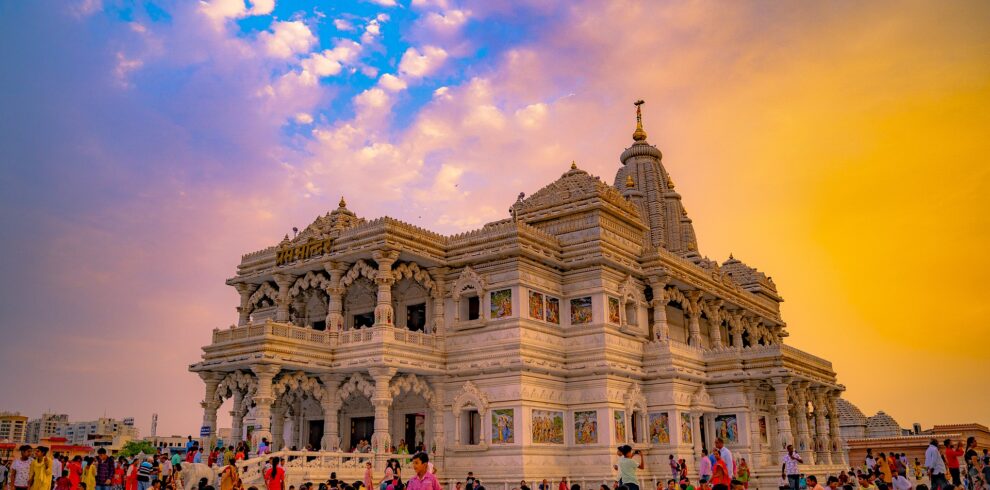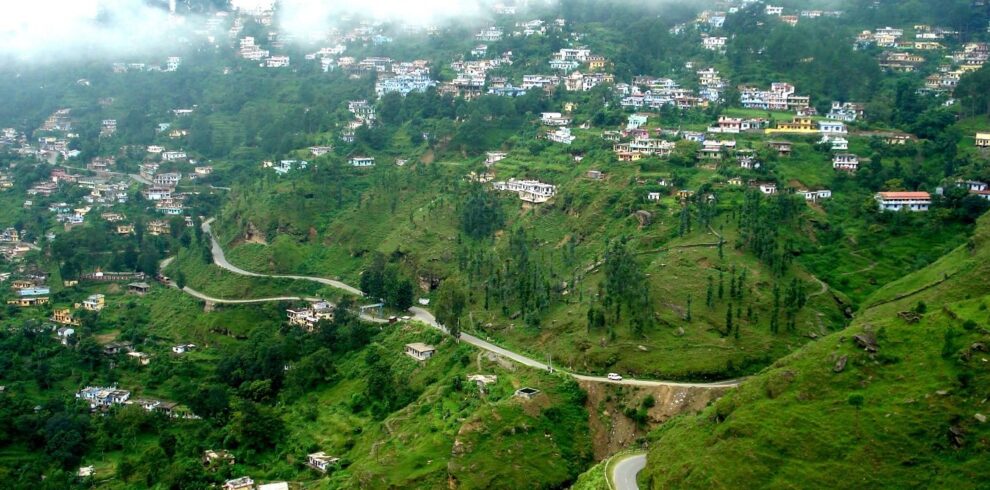Valley of flower Trek
Trekking through the Valley of Flowers trek is like stepping into a canvas painted by nature herself. Tucked away in the serene embrace of the Garhwal Himalayas, this enchanting valley is a UNESCO World Heritage Site, renowned for its stunning floral diversity and breathtaking landscapes. Join us on a virtual expedition as we unravel the wonders of the Valley of Flowers Trek, a journey that promises adventure, discovery, and a profound connection with the natural world. Explore the ethereal beauty of the Valley of Flowers, a UNESCO World Heritage Site nestled in the Garhwal Himalayas of Uttarakhand, India. This enchanting valley is a paradise of vibrant alpine flowers, set against the backdrop of snow-capped peaks and meandering streams. Trek through lush meadows adorned with a riot of colors, as exotic blooms carpet the landscape in hues of blue, purple, yellow, and red. Immerse yourself in the tranquility of this floral wonderland, where every step unveils a new marvel of nature’s artistry. Truly, the Valley of Flowers is a botanical masterpiece, a testament to the breathtaking diversity and boundless beauty of the natural world.
Introduction to the Valley of Flowers
Nestled in the Chamoli district of Uttarakhand, India, the Valley of Flowers is a pristine alpine valley situated at an altitude of around 3,600 meters above sea level. Spread over an area of approximately 87.50 square kilometers, this verdant valley is flanked by towering snow-capped peaks, including Nilgiri Parbat and Rataban.
The Valley of Flowers remained hidden from the world until its discovery by British mountaineers Frank Smythe and R.L. Holdsworth in 1931. Since then, it has captivated the hearts of trekkers, botanists, and nature enthusiasts from around the globe, drawing them to its ethereal beauty and unparalleled biodiversity.
The journey to the Valley of Flowers typically begins from the base camp at Govindghat, a small town situated on the banks of the Alaknanda River. From Govindghat, trekkers follow a well-defined trail that winds its way through picturesque villages, terraced fields, and dense forests of pine and oak.
As the trek progresses, the landscape undergoes a remarkable transformation, giving way to lush meadows adorned with a myriad of wildflowers. Trekking through this floral paradise, one encounters a breathtaking array of blooms, including Himalayan blue poppies, brahma kamal, orchids, and countless other species, each adding its unique hue to the vibrant tapestry of the valley.
The trek culminates at the Valley of Flowers itself, where trekkers are greeted by a spectacle of colors spread across the valley floor. Against the backdrop of towering peaks, cascading waterfalls, and meandering streams, the valley comes alive with the mesmerizing beauty of nature in full bloom.
The Valley of Flowers is a veritable haven for biodiversity, boasting a rich array of flora and fauna that thrives in its pristine ecosystem. The valley is home to over 500 species of flowering plants, including many rare and endemic varieties, making it a paradise for botanists and plant enthusiasts.
Among the fauna found in the valley are elusive Himalayan species such as the snow leopard, musk deer, blue sheep, and numerous bird species like the Himalayan Monal and Golden Eagle. These inhabitants add to the mystique of the valley, lending it an aura of wilderness and untamed beauty.In addition to its natural splendor, the Valley of Flowers holds cultural significance for the indigenous communities of the region.
Trekking through the Valley of Flowers is like stepping into a painting come to life. Nestled in the Chamoli district of Uttarakhand, India, this enchanting valley is a UNESCO World Heritage Site, celebrated for its vibrant alpine flowers, lush green meadows, and breathtaking Himalayan vistas. Spanning over 87.5 square kilometers, the Valley of Flowers is a paradise for nature lovers, botanists, and adventurers alike.
The journey to this natural wonder begins in the quaint town of Govindghat, a gateway to many Himalayan treks. From here, trekkers embark on a scenic drive along the meandering Alaknanda River, passing through charming villages and terraced fields. Upon reaching the village of Pulna, the trek officially commences, leading adventurers into a world of unparalleled beauty.
The trail winds its way through dense forests of pine and birch, echoing with the melodious songs of birds. As trekkers ascend higher, the air becomes crisp, and the landscape transforms into a kaleidoscope of colors. Every step reveals a new variety of flora, from delicate orchids to vibrant rhododendrons, painting the valley in hues of pink, purple, and yellow.
One of the highlights of the trek is reaching the aptly named Ghangaria, a picturesque settlement nestled at the confluence of the Pushpawati and Hemganga rivers. Here, nofollow trekkers can rest and rejuvenate amidst the serene surroundings, enjoying hearty meals and cozy accommodations before continuing their journey.


